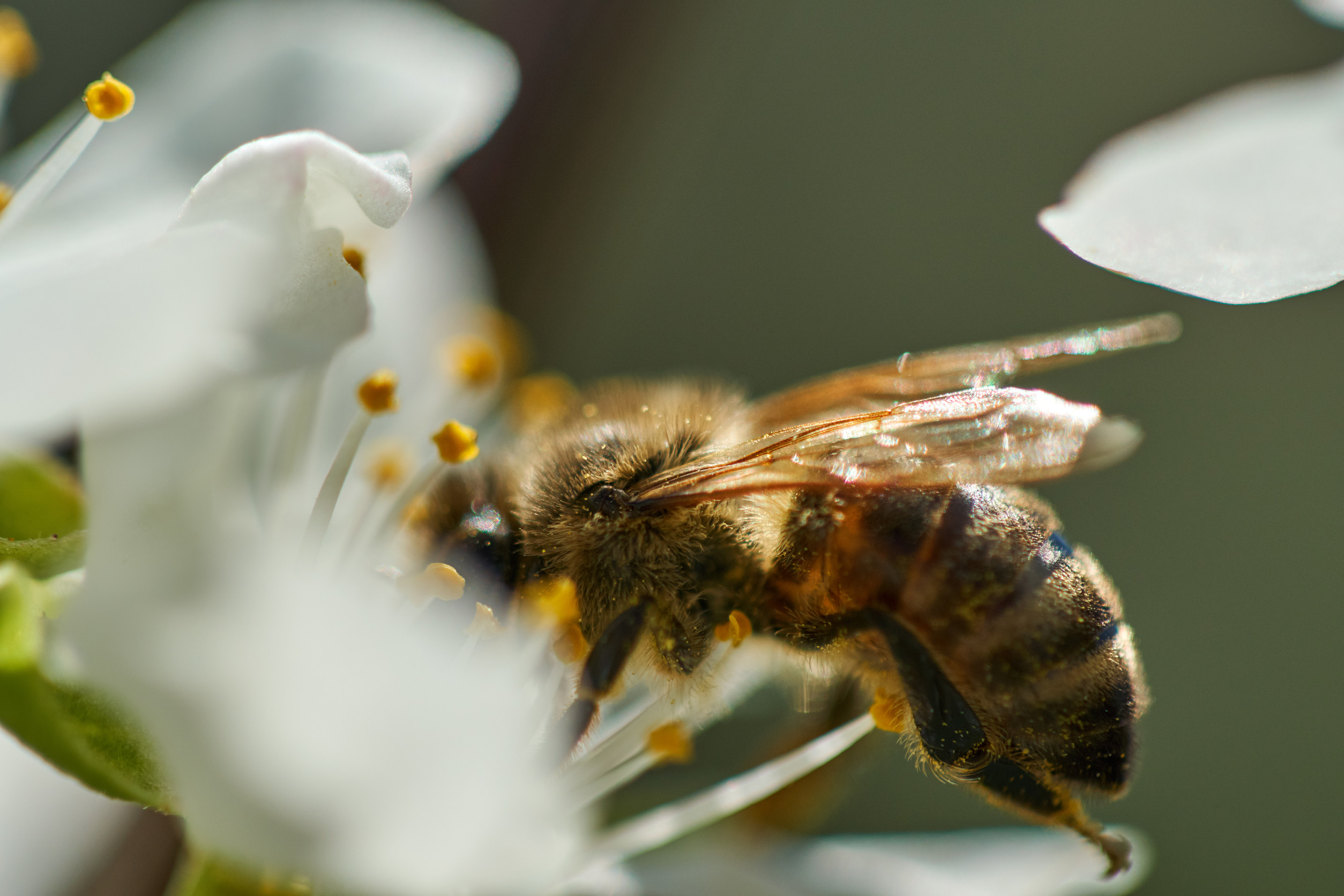Essential organisms such as plants, microalgae, and certain types of bacteria carry out photosynthesis. This key process releases oxygen into the atmosphere for the rest of us dependent species to feed off and carry out respiration. Every cell in every living thing on earth respires and is the action of turning oxygen into energy.
Importance of microalgae
Microalgae in particular could provide many potential solutions to the problems the world faces such as saving coral reefs, treating wastewater, and cleaning oil spills in the ocean. Most recently, research has uncovered a new potential application of these incredible little species: the rescue of dead brain cells.
Scientists from the Ludwig Maximilian University in Germany injected a combination of green microalgae and blue-green algae into the brain of African clawed frog tadpoles. It was observed that these were able to perform internal CPR on the tadpoles oxygen-depleted neurons and bring the cells back to life. The microalgae do this by carrying out photosynthesisㅡtaking in light through the tadpoles’ skin and releasing oxygen to reboot the neuronal system.
The findings could one day inspire new treatments to help stroke patients recover
The study details the potential application of this novel treatment to rescue cells in more complex organisms, including humans. This could be helpful for those recovering from strokes or even for traveling through environments that don’t contain oxygen.
Although exciting, the study was also met with caution and understanding this is a far-off dream. There are a number of problems with this potential treatment including harmful immune responses and uncontrollable algae growth in the bloodstream, resulting in clogged vessels. Plus the fact these microorganisms need light to photosynthesize. This was no problem in the tadpoles due to their thin transparent skin, but humans have a much less light penetrable brain, creating another obstacle to overcome.
Despite these negatives, this new discovery that brain cells can be recovered in this way is definitely exciting. By keeping an open mind, maybe another potential use of this finding could be applied. The authors have already suggested the microorganisms could increase survival rates of lab-grown cultures by feeding them oxygen in this way, possibly reducing the number of live animal experiments.
Source study: iScience – Green oxygen power plants in the brain rescue neuronal activity











